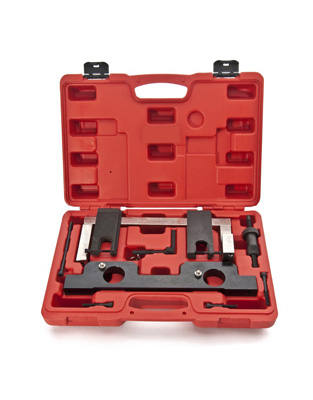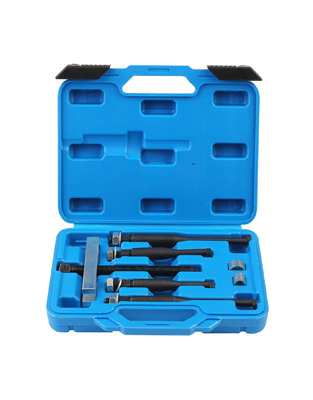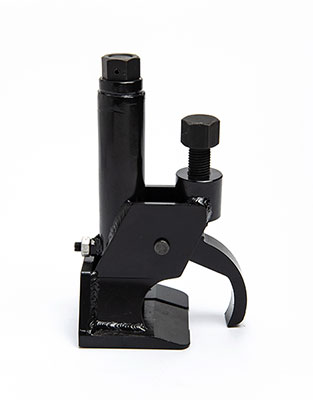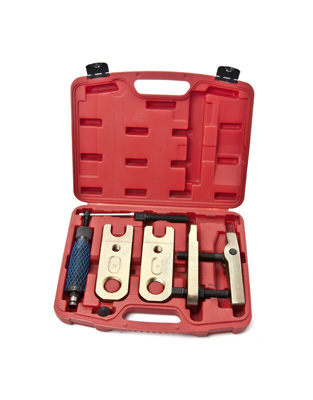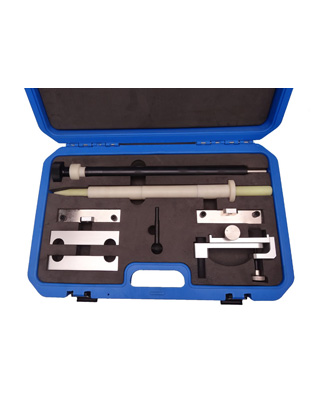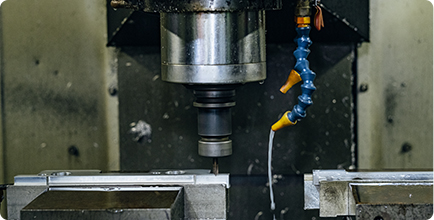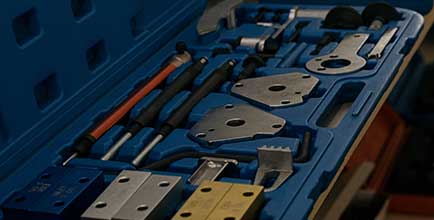The Significance of Injector Removal
Fuel injectors are the unsung heroes of your vehicle's engine, providing the perfect blend of air and fuel to keep it running smoothly. However, over time, these crucial components can become clogged or damaged, leading to reduced performance and fuel efficiency. This is where the importance of an injector removal tool comes into play. In this comprehensive guide, we will explore the significance of injector removal, its benefits, and the essential tools required for the task.
Choosing the Right Injector Removal Tool
Selecting the appropriate injector removal tool is critical for a successful and damage-free removal process. These tools come in various shapes and sizes, designed to suit different types of injectors and engines. To make an informed choice, consider factors such as injector type, engine model, and personal experience. We will discuss these factors and guide you on choosing the right injector removal tool for your specific needs.
The Injector Removal Process
The process of injector removal can be complex, but with the right tools and knowledge, it becomes manageable. In this section, we will break down the steps involved in injector removal, from preparation to reinstallation. This includes safety precautions, disassembly of engine components, and the proper use of the injector removal tool. We will also address common challenges and provide tips to make the process smoother and more efficient.
The Significance of Injector Removal
Injectors are pivotal to your engine's performance, ensuring a precise mixture of air and fuel for combustion. When they function optimally, your vehicle runs efficiently and delivers the power you expect. However, with time, injectors can accumulate carbon deposits, dirt, or even fail mechanically. These issues can lead to decreased fuel economy, poor performance, and increased emissions.
Injector removal becomes necessary when cleaning or replacing faulty injectors. It allows you to access and service these components, restoring your engine's performance and maintaining fuel efficiency. By using an injector removal tool, you can prevent damage to the injectors and other engine components, ensuring a smooth and efficient removal process.
Choosing the Right Injector Removal Tool
The first step in successful injector removal is selecting the appropriate tool for the job. Injector removal tools come in various forms, including slide hammers, pullers, and adaptors. To choose the right one, consider the following factors:
Injector Type: Determine the type of injectors your engine uses, as different injector removal tools are designed for specific types.
Engine Model: Ensure that the tool is compatible with your vehicle's engine model and size.
Experience: If you are new to injector removal, it may be wise to seek professional guidance or opt for user-friendly tools.
Quality: Invest in a high-quality injector removal tool to prevent damage to the injectors during the removal process.
By carefully considering these factors, you can select the best injector removal tool for your specific needs, ensuring a smoother and safer removal process.
The Injector Removal Process
The injector removal process can be daunting, but with the right knowledge and tools, it becomes more manageable. Here are the general steps involved in removing injectors from your engine:
Safety Precautions: Prior to starting, ensure that the engine is off, and all safety precautions are taken. Disconnect the battery, relieve fuel system pressure, and wear appropriate safety gear.
Access and Disassembly: Gain access to the injectors by removing the necessary components, such as the air intake and other engine parts. Keep track of all removed parts for easy reassembly.
Injector Removal Tool: Once you've exposed the injectors, carefully position the injector removal tool to extract them. Apply gentle, consistent force, and avoid excessive pressure to prevent damage.
Inspection and Cleaning: Examine the removed injectors for any signs of damage or contamination. If necessary, clean or replace them before reinstalling.
Reassembly: Reassemble the engine components in the reverse order of removal, ensuring all connections and fasteners are secure.
Testing: Finally, start the engine and test it to ensure that the injector removal process was successful. Look for improved performance, fuel efficiency, and reduced emissions.
Throughout the process, it's crucial to follow manufacturer-specific guidelines and service recommendations to ensure a trouble-free operation.
In conclusion, injector removal is a crucial aspect of maintaining your vehicle's performance and fuel efficiency. By understanding the significance of injector removal, choosing the right injector removal tool, and following a systematic removal process, you can keep your engine running smoothly and extend its lifespan. Mastering the art of injector removal is a valuable skill for any vehicle owner or mechanic.
 EN
EN










